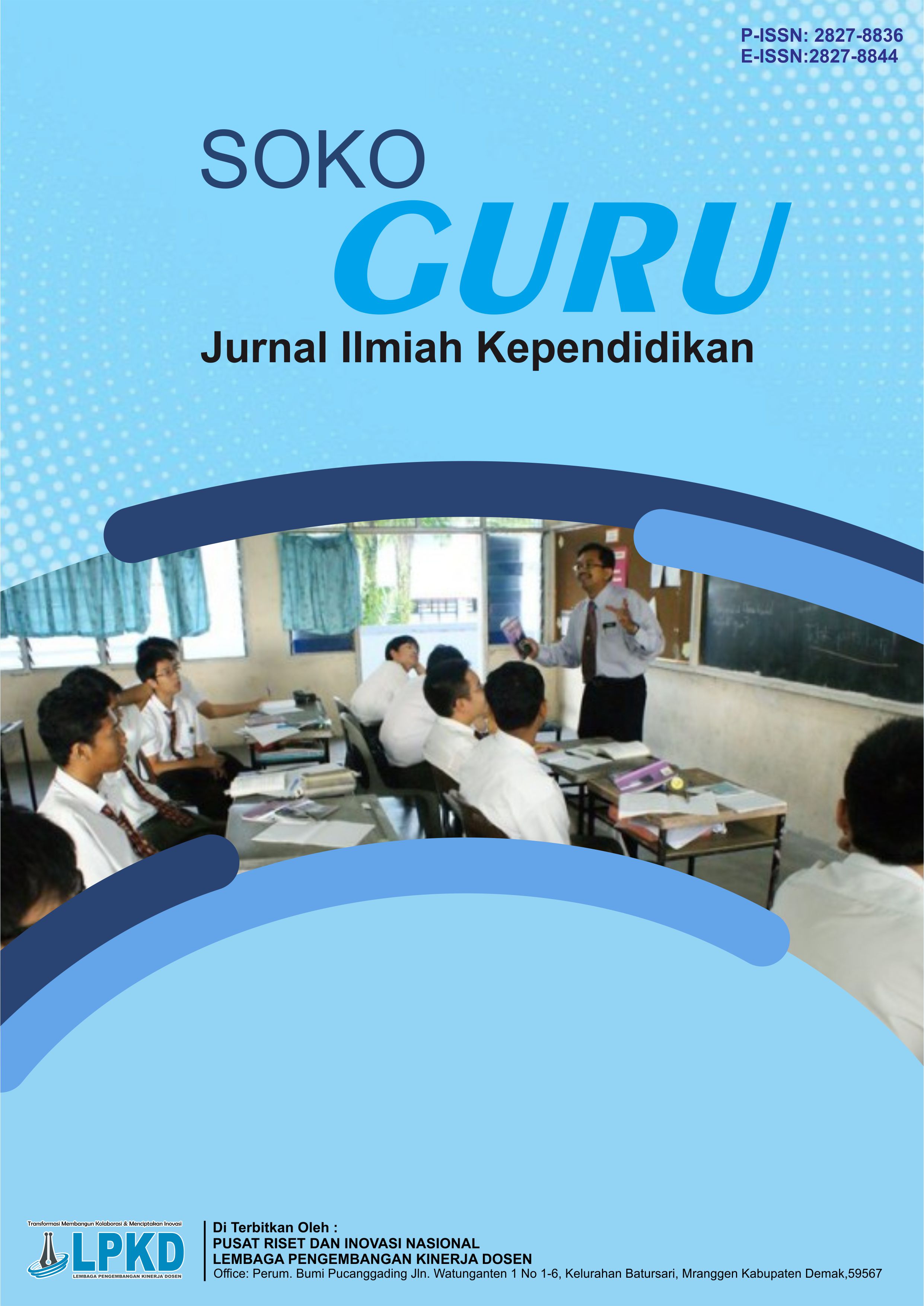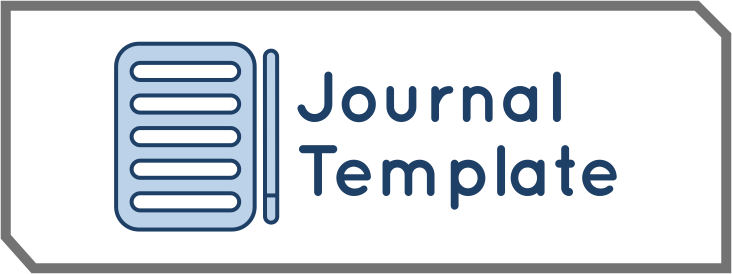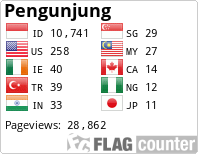Pemanfaatan Media Google Colaboratory Pada Mata Pelajaran Informatika di SMA Negeri 5 Pekanbaru
DOI:
https://doi.org/10.55606/sokoguru.v4i1.3613Keywords:
Google Collaboratory, Qualitative, Learning MediaAbstract
This research aims to fill the knowledge gap by analyzing the utilization of Google Collaboratory learning media on utilization of Google Collaboratory learning media in informatics subjects in the high school environment. informatics in a secondary school environment. Through a deeper understanding about the experience of using this platform, it is expected to be identified benefits, constraints, and effective strategies in optimizing the utilization of Google Collaboratory as a learning media. Google Collaboratory as an effective and efficient learning media in informatics learning. This research will use a qualitative approach with a case study research design. with a case study research design. The qualitative approach is chosen to get an in-depth understanding of the experience of using Google Collaboratory in informatics learning. Collaboratory in informatics learning. The case study design was chosen because it allows researchers to investigate phenomena in a real context, such as the utilization of Google Collaboratory in a learning situation in a secondary school. secondary school. This research provides a deeper understanding of the potential and challenges in the utilization of Google Collaboratory as a medium for learning Informatics in secondary school. Informatics in secondary schools. The findings of this research can be the basis for the development of more innovative and effective learning practices in the future. context of information technology education in the future.
Downloads
References
Bisong, E. (2019). Google Colaboratory. In Building Machine Learning and Deep Learning Models on Google Cloud Platform. https://doi.org/10.1007/978-1-4842-4470-8_7
Carneiro, T., Da Nobrega, R. V. M., Nepomuceno, T., Bian, G. Bin, De Albuquerque, V. H. C., & Filho, P. P. R. (2018). Performance Analysis of Google Colaboratory as a Tool for Accelerating Deep Learning Applications. IEEE Access, 6. https://doi.org/10.1109/ACCESS.2018.2874767
Fadli, M. R. (2021). Memahami desain metode penelitian kualitatif. Humanika, 21(1), 33–54. https://doi.org/10.21831/hum.v21i1.38075
Kurnaedi, E. P., & Muslih, M. (2023). Implementasi Pendidikan Karakter dalam Pendidikan Inklusif. Indonesian Journal of Islamic Elementary Education, 2(2). https://doi.org/10.28918/ijiee.v2i2.6265
Nelson, M. J., & Hoover, A. K. (2020). Notes on Using Google Colaboratory in AI Education. Annual Conference on Innovation and Technology in Computer Science Education, ITiCSE. https://doi.org/10.1145/3341525.3393997
Nugraha, D. (2023). Pendekatan Strukturalisme dan Praktik Triangulasi di dalam Penelitian Sastra. Arif: Jurnal Sastra Dan Kearifan Lokal, 3(1). https://doi.org/10.21009/arif.031.04
Rahardjo, M. (2017). Desain Penelitian Studi Kasus )Pengalaman Empirik).
Soen, G. I. E., Marlina, & Renny. (2022). Implementasi Cloud Computing dengan Google Colaboratory Pada Aplikasi Pengolah Data Zoom Participants. Journal Informatic Technology And Communication, 6(1).
Tafonao, T. (2018). PERANAN MEDIA PEMBELAJARAN DALAM MENINGKATKAN MINAT BELAJAR MAHASISWA. Jurnal Komunikasi Pendidikan, 2(2). https://doi.org/10.32585/jkp.v2i2.113
Tock, K. (2020). Google CoLaboratory as a Platform for Python Coding with Students. https://doi.org/10.32374/rtsre.2019.013
Downloads
Published
How to Cite
Issue
Section
License
Copyright (c) 2024 SOKO GURU: Jurnal Ilmu Pendidikan

This work is licensed under a Creative Commons Attribution-ShareAlike 4.0 International License.








